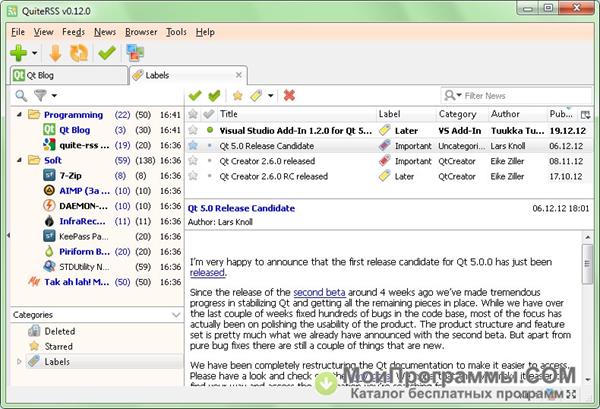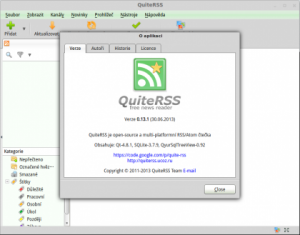

Introducing the AFAIK not really well-known But I hope this document will add something useful to all this already available, though distributed material. Up to this point, all this can be found here in the forum, in Henric's design blog referenced above, in the comments to his blog, in the tech doc or in some other threads.Using this operator, your compound search will return values that match both first and second search, obviously, this does only make sense if you are using wildcards: Using this operator, your compound search will return values that match either the first or the second search, e.g. Now it's getting a little bit more advanced: If you want to create some more complex searches, you can combine two or more searches with search operators: Combining searches using search operators:.(read further down why you need to quote here, even when there is no space contained): If you quote your search string, you can also use the wildcard '^' to match your search term with beginning of words in your values If your values contain spaces, you need to quote the value: ("Something New") will find the value, (Something New) not. (*e) will return any value that ends with an 'e'. (?e) will return any value with two characters, second being an 'e'. A question mark '?' is a placeholder for any single character, a star symbol '*' for any number of not defined characters. You can use wildcards in a compound search, too. Another example: Try upper compaired to (upper) in Text list box search bar. In contrary to other search modes, the compound search will search for values that exactely match your search term.įor example, (1) put into a Number field list box search bar will return only the exact match '1', not all values that contain '1' or start with '1'.

The most simple possible search filter is just inputting a value.The search itself will be performed over the values in the field's symbol table. Especially, there is few documentation about the so called 'compound search'.Ī compound search is triggered by enclosing the search filter in parentheses (.) There is also of course some documentation in the HELP file as well as the reference manual, but not what I would call a comprehensive documentation of this essential product feature. Not to forget, there is a nice cheat sheet: Qlik Sense Search Cheat Sheet, covering some features, but not everything. Some of the search modes are explained a bit more detailed: The Expression SearchĪnd there are some things to consider we would hardly know without following Henric Cronström's ( hic ) great design blog: Search - But what shall you find? Unfortunately (in terms of 'getting started with search'), there are several possible search modes, have a look at The Search String to get an overview. Hence knowing the power of searches is vital to developers as well as end users. You can use searches for example in set analysis field modifier, select in field actions and not to forget filtering e.g. U kunt deze logboeken eenvoudig (met één klik op de knop "Verwijderen" in Revo Uninstaller Pro) gebruiken om programma's van uw computer te verwijderen.Searching in field values is a powerful feature in QlikView (all this should also work in QlikSense, but I haven't tested everything). Het is een database bestaande uit getraceerde logboeken voor geïnstalleerde programma's die zijn opgeslagen op onze website, opgesteld en onderhouden door het team van Revo Uninstaller Pro.


 0 kommentar(er)
0 kommentar(er)
